Blog - Behind the Box - A Comprehensive Guide to Cardboard

In order to better optimise your operations, offer a better customer experience and even to boost your brand image, it’s important to understand the materials you’re using. In this guide, we’ll take you through everything you need to know about cardboard. This includes what it is exactly, how it's made, and why it's the packaging material of choice for businesses big and small.
The most common types include:
- Corrugated cardboard: This is what most people think of when they hear "cardboard box." It consists of a fluted corrugated sheet sandwiched between two flat linerboards, providing excellent cushioning and strength.
- Paperboard: A thinner, single-layer material often used for cereal boxes, shoe boxes and other lightweight packaging.
- Chipboard: This is made of reclaimed paper stock and is often used for book covers, puzzles and backing for notepads.

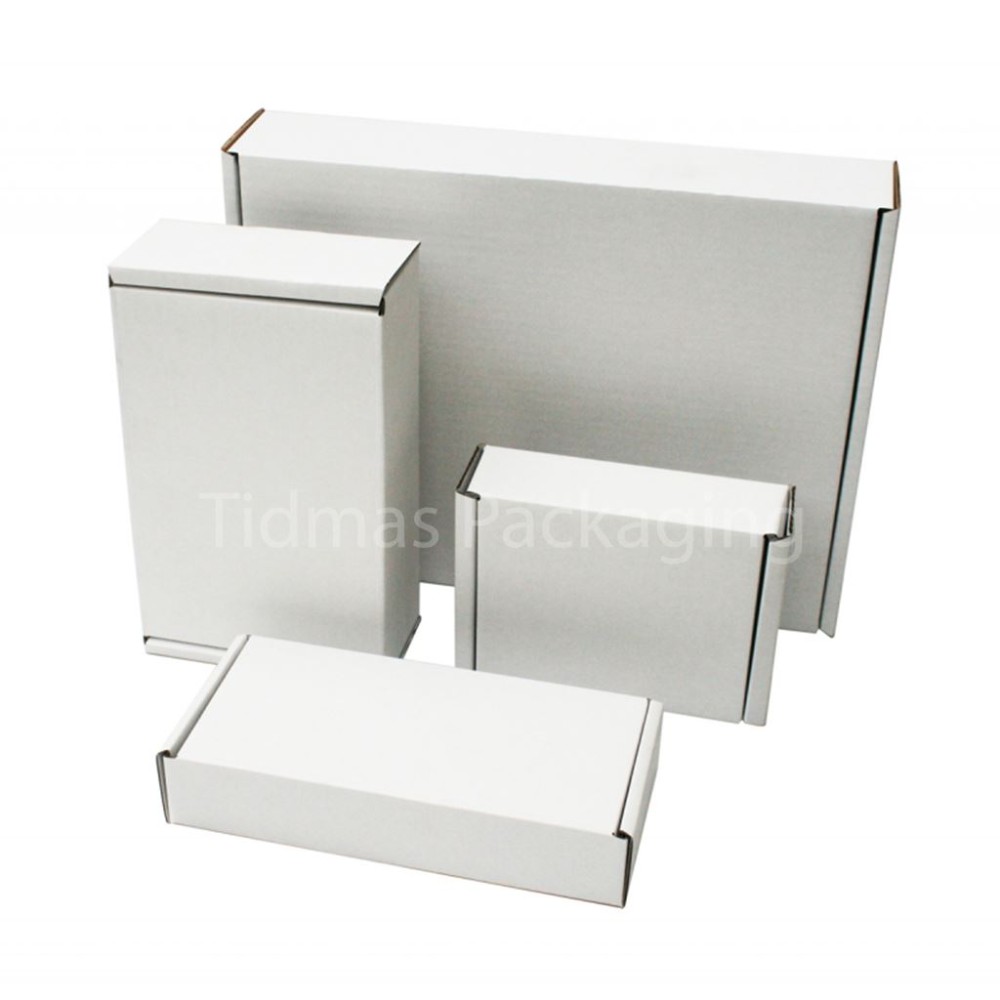
It wasn't until 1856 that corrugated paper was patented for use as a liner for tall hats. The leap from hat liner to shipping material then came in 1871 when Albert Jones of New York City patented corrugated board for packaging use.
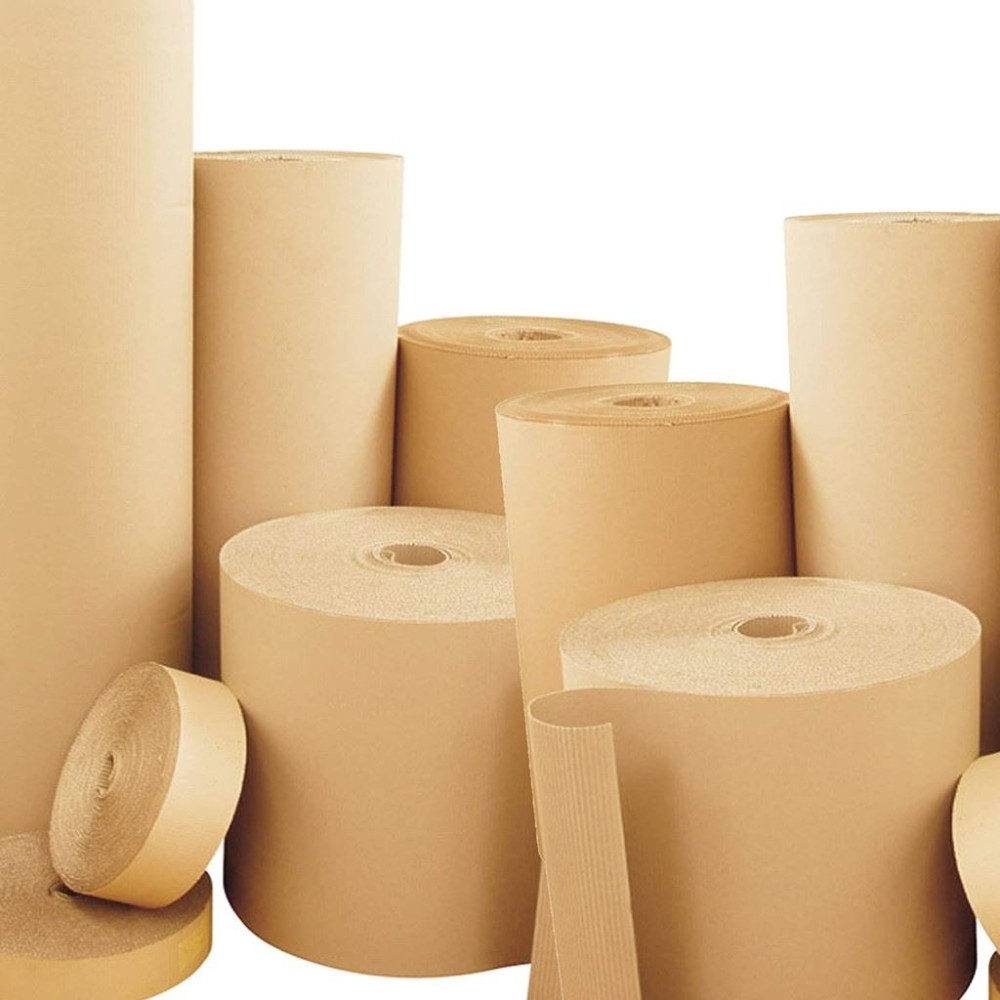
It would take almost another 20 years before Robert Gair of Scotland accidentally invented the pre-cut cardboard or paperboard box. He’d been working as a printer and paper bag-maker in Brooklyn in the 1870s, and a metal ruler used to crease seed bags shifted, cutting them instead. This mishap is said to have led to the idea of cutting and creasing in one operation, paving the way for mass production of cardboard boxes.
Throughout the 20th century, cardboard's use expanded exponentially, coinciding with the rise of consumer goods and global trade.
Cardboard Boxes in the Modern Day
Today, cardboard has found a new purpose in eCommerce. As online shopping continues to boom, cardboard boxes with their cost-effectiveness and ease of handling and shipping have become the crucial link between virtual stores and physical customers.
- Raw Material Preparation: The process begins with wood pulp, often sourced from pine trees. Increasingly, manufacturers are using recycled paper to create a more sustainable product. The pulp is mixed with water to create a slurry.
- Paper Production: The slurry is then fed into a paper machine where it's pressed and dried to form large rolls of kraft paper. This brown paper will form the outer layers (linerboards) of the corrugated cardboard.
- Corrugating Medium: Another roll of paper is fed through a corrugator, a machine with large heated rollers featuring a wavy pattern. This creates the fluted middle layer that gives corrugated cardboard its strength.
- Assembly: The corrugated medium is then sandwiched between two linerboards. Starch-based adhesive is applied to bond the layers together, creating the familiar corrugated cardboard structure.
- Cutting and Shaping: The continuous sheet of corrugated cardboard is then cut to size and scored to create fold lines, allowing it to be shaped into boxes.
- Printing and Finishing: If required, the cardboard can be printed with branding, handling instructions, or other information before being shipped to customers.
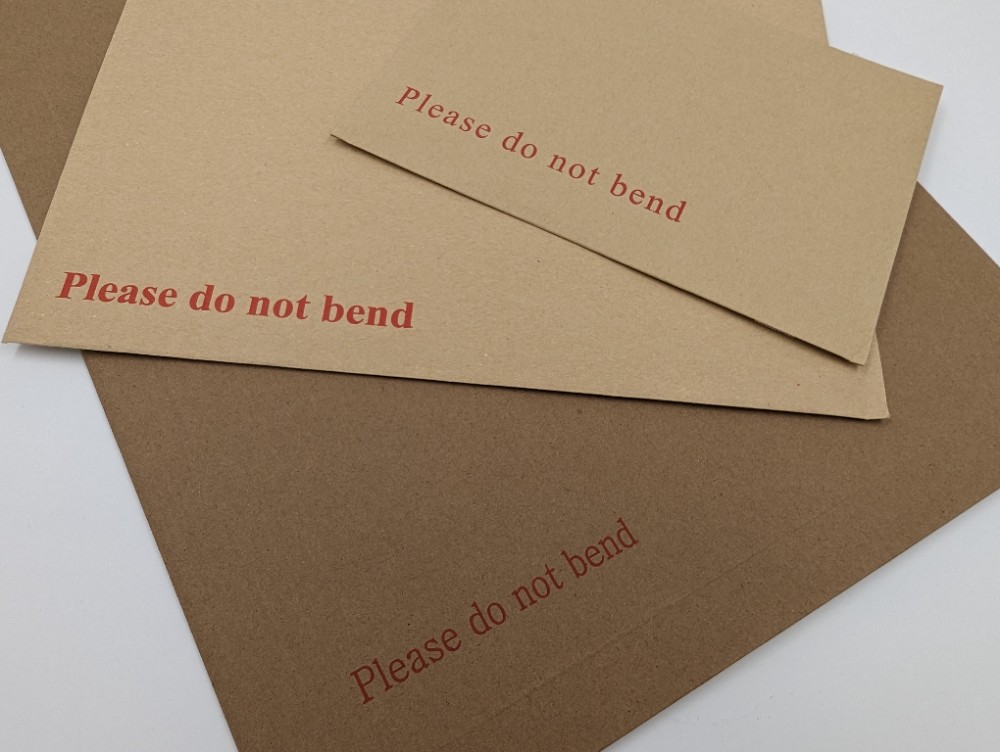
- Recycled Content: A significant portion of cardboard is made from recycled materials, reducing the demand for virgin wood pulp.
- Water Conservation: Advanced systems recycle water used in the pulping process.
- Energy Efficiency: Many facilities use energy-efficient machinery and even harness biomass energy from production waste.
- FSC Certification: Look for FSC-certified cardboard, which confirms that it comes from responsibly managed forests.
Strength
Despite its lightweight nature, cardboard, particularly corrugated cardboard, offers impressive structural integrity. The fluted middle layer acts like a series of pillars, distributing weight and absorbing impact, protecting contents from damage during transit.
Versatility
Cardboard can be easily cut, folded and shaped to accommodate products of various sizes and shapes. This flexibility allows for custom packaging solutions, optimising protection and minimising wasted space.
Recyclability
One of cardboard's most significant advantages is its eco-friendliness. It's not only biodegradable but also widely recyclable, often able to be recycled up to 7 times before the fibres become too short for use.

Printability
Cardboard provides an excellent surface for printing, allowing for clear labelling, branding and even high-quality graphics that enhance the unboxing experience.
Cost-Effectiveness
Compared to other packaging materials, cardboard offers a balance of protection and affordability, helping businesses manage shipping costs.
Insulation
Cardboard provides some degree of thermal insulation, making it suitable for shipping temperature-sensitive items when combined with appropriate insulating materials.
- Single Wall Boxes: These are ideal for lighter items, as they offer a balance of protection and cost-effectiveness.
- Double Wall Boxes: These are heavy-duty, providing extra strength for weightier or more fragile items and ensuring your products arrive safely.
- White Postal Boxes: These are perfect for creating a clean, professional look for your shipments.
- Brown Postal Boxes: These offer you an alternative to white postal boxes, giving your packages a traditional postal look.
- Custom Made Boxes: Our "Build My Box" service allows you to create bespoke cardboard packaging solutions made to your specific product dimensions.
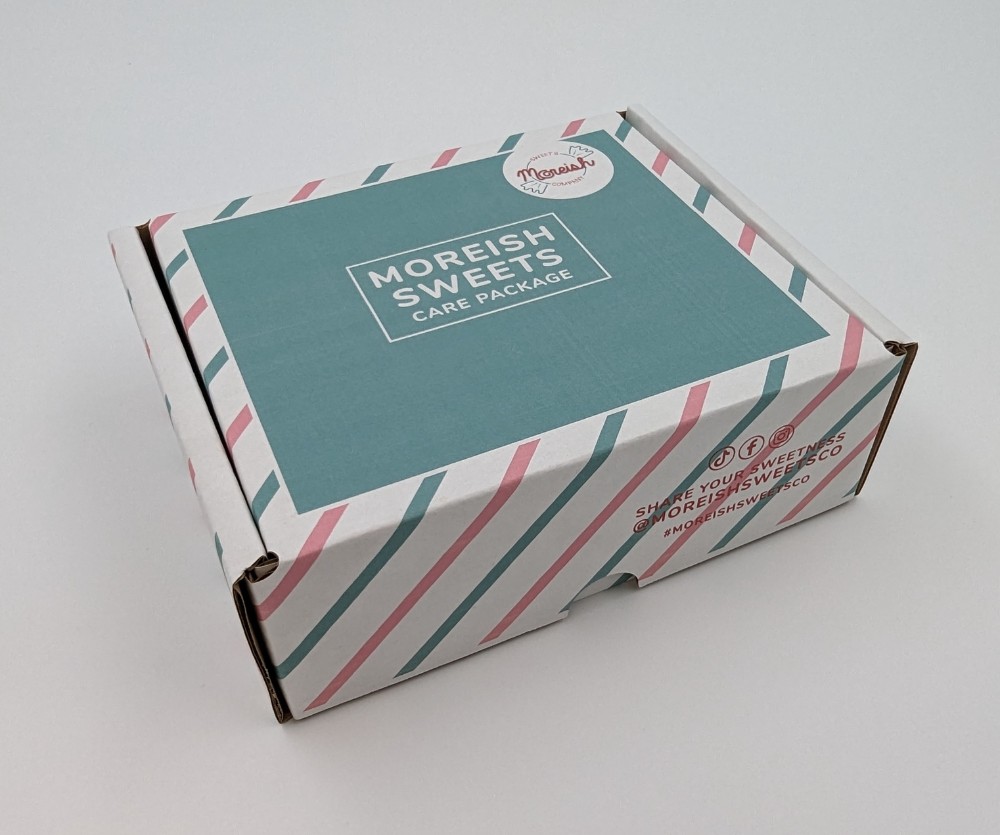
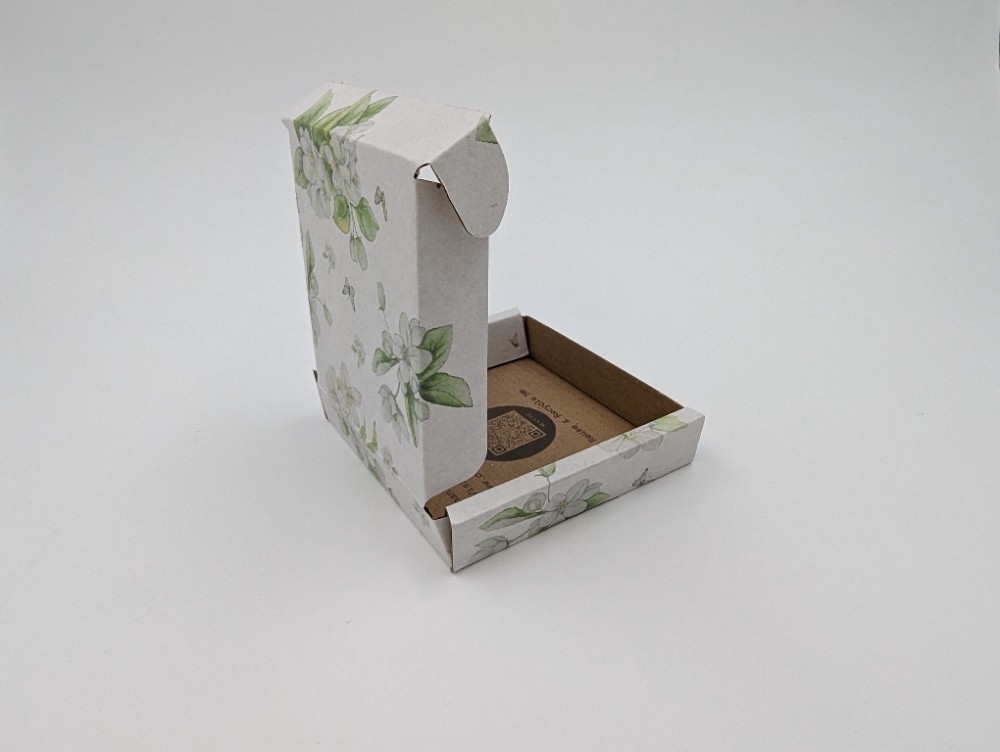
- Custom Sizing: We understand that one size doesn't fit all. Our custom box service ensures you're not paying for excess material or risking product damage due to improper fit.
- Eco-Friendly Options: As an FSC-certified supplier, we offer cardboard products sourced from responsibly managed forests. Our eco-friendly range extends to various packaging solutions, helping you meet your sustainability goals.
- Low Minimum Order Quantities: Whether you need as few as 25 custom boxes or custom boxes in the thousands, we can accommodate your order size, making us an ideal partner for businesses of all sizes.
- Expert Advice: With decades of experience behind them, our team can provide valuable insights and support to optimise your packaging needs.
- Rapid Turnaround: We understand the fast-paced nature of eCommerce. With our efficient processes, we offer quick turnaround times, including next-day delivery options.
Contact Tidmas Townsend today to discuss your cardboard needs. Our team is standing by to offer personalised advice and quotes tailored to your specific requirements.













